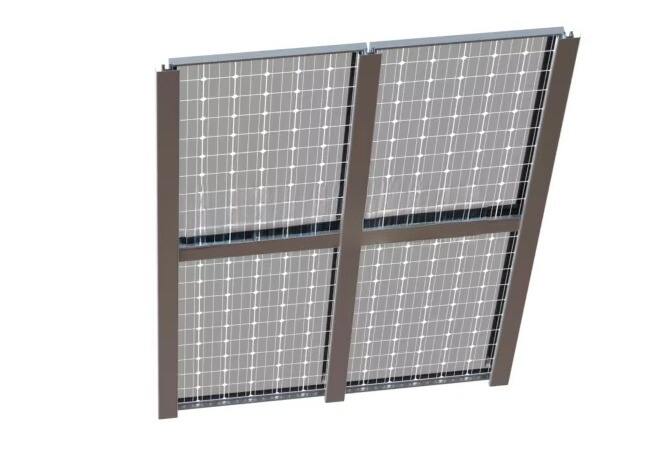Solar mounting structures are comprehensive frameworks engineered to support solar panels in various environments, providing stability, optimal orientation, and long-term durability. These structures are the backbone of solar energy systems, designed to withstand environmental stressors such as wind, snow, rain, and temperature extremes while ensuring panels remain aligned for maximum sunlight capture. Constructed from high-performance materials, solar mounting structures typically use aluminum alloy (6063-T5 or 6082-T6) for lightweight applications like rooftop systems, galvanized steel for heavy-duty ground mounts, and stainless steel (316) for corrosive environments (coastal areas or industrial zones). The choice of material balances strength, weight, and corrosion resistance, with service life expectations of 25+ years—matching the lifespan of solar panels. Solar mounting structures vary by application: rooftop structures may be rail-based (with parallel rails supporting panels) or rail-less (direct panel attachment) to reduce weight and wind resistance; ground structures often feature posts or helical screws anchored in soil or concrete, with adjustable tilts (10°–45°) to align with latitude-specific sun paths; and carport structures combine panel support with vehicle shelter, using beam-and-column designs with clear spans of 4–8 meters. Key design elements include modular components for easy scalability, pre-drilled holes for simplified installation, and integrated cable management to organize wiring. Load capacity is rigorously tested, with structures meeting international standards such as ASCE 7 (wind and snow loads up to 160 km/h and 5 kN/m²) and IEC 62715 (PV system safety). Installation processes vary by type but generally involve site preparation (roof inspection or ground leveling), assembly of support frames, and panel attachment using clamps or brackets. Solar mounting structures are not just functional—they are precision-engineered systems that bridge the gap between panels and their environment, directly impacting energy efficiency, system reliability, and compliance with local building codes, making them indispensable in any solar energy setup.
